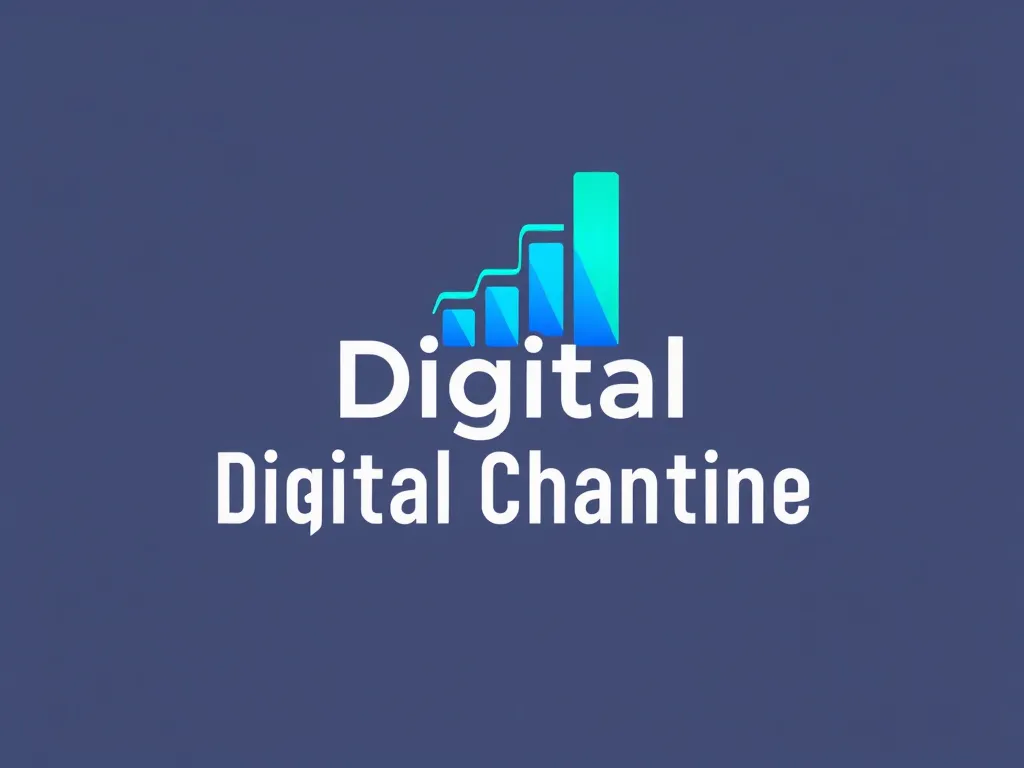

Digital Charting: Revolutionizing Healthcare Documentation
Digital Charting: Revolutionizing Healthcare Documentation
Introduction
In an era driven by technological advancements, the healthcare industry is undergoing a significant transformation with the widespread adoption of digital charting. Digital charting, also known as electronic charting or electronic health records (EHRs), is revolutionizing the way medical records are created, stored, and accessed. This article delves into the world of digital charting, exploring its advantages over traditional paper charts, the challenges faced by healthcare providers during the transition, and best medical practices to ensure accurate and secure documentation.
Advantages of Digital Charting
- Streamlined Documentation: Digital charting eliminates the need for paper medical records, enabling healthcare professionals to create and access patient information seamlessly. With electronic health record systems, healthcare providers can efficiently record vital signs, medical history, and treatment history.
- Enhanced Patient Care: Digital charting allows for comprehensive patient histories, enabling healthcare professionals to make informed decisions regarding diagnosis and treatment. Instant access to electronic charts reduces the risk of medical errors and improves the continuity of care.
- Increased Efficiency: The use of electronic records reduces administrative tasks associated with paper-based health records. Healthcare staff can quickly retrieve patient information, reducing the time spent searching through paper files and filing cabinets.
- Collaboration and Communication: Electronic health records facilitate better communication and collaboration among healthcare professionals. Multiple providers can access and update patient electronic charts simultaneously, ensuring accurate and up-to-date information.
- Patient Engagement: Digital charting promotes patient engagement through patient portals. Patients can access their medical documents, review test results, and communicate with their healthcare providers securely.
Challenges in Transitioning from Paper to Digital
- Initial Investment: Adopting electronic charting systems requires a significant upfront investment for healthcare organizations. This investment includes the purchase of software, hardware, staff training, and the conversion process from paper to digital records.
- Staff Training and Resistance: Transitioning from paper-based medical electronic charts to electronic systems requires proper training for healthcare professionals. Resistance to change and the learning curve associated with new technology can slow down the implementation process.
- Data Security and Privacy: Electronic health record systems must adhere to stringent security and privacy regulations to safeguard patient information. Healthcare organizations must implement robust cybersecurity measures to protect against data breaches.
- Interoperability: Ensuring seamless communication and data sharing among different electronic health record systems is a significant challenge. Interoperability issues can hinder the exchange of patient digital records between healthcare providers and affect the continuity of care.
- Technical Issues and Downtime: Like any digital system, electronic charting solutions may encounter technical issues or downtime. Healthcare organizations need to have contingency plans in place to ensure uninterrupted access to patient digital records.
Best Practices for Digital Charting
1. Training and Education
- Provide comprehensive training to healthcare staff on the usage of electronic health record systems.
- Emphasize the benefits of digital charting and address concerns or resistance from staff members.
- Continuously update training programs to keep up with evolving technology.
2. Data Security and Privacy
- Implement robust cybersecurity measures to protect patient information from unauthorized access or breaches.
- Conduct regular security audits to identify vulnerabilities and address them promptly.
- Ensure compliance with healthcare industry regulations regarding data privacy and protection.
3. Interoperability
- Advocate for the use of standardized electronic health record systems to facilitate seamless data exchange between healthcare providers.
- Collaborate with industry partners and organizations to establish interoperability standards and guidelines.
- Participate in initiatives aimed at improving data sharing and interoperability in the healthcare industry.
4. Documentation Standards
- Develop electronic charting templates that adhere to industry standards and best medical practices.
- Train healthcare professionals on proper charting methods and terminology specific to electronic charting.
- Regularly review and update charting templates to ensure accuracy and compliance with regulations.
5. Continuous Improvement
- Collect feedback from healthcare staff and patients to identify areas for improvement in digital charting systems.
- Continuously monitor and analyze the accuracy of charting to identify and address any errors or inconsistencies.
- Stay updated with technological advancements and incorporate new digital tools that enhance the efficiency and effectiveness of digital charting.
In conclusion, digital charting is revolutionizing healthcare documentation, providing healthcare providers with efficient, secure, and accessible methods of storing and accessing patient information. While the transition from paper-based medical records to electronic charting comes with challenges, the benefits outweigh the initial hurdles. With proper training, robust data security measures, and a focus on interoperability, healthcare organizations can harness the power of digital charting to deliver patient-centered care and improve overall healthcare outcomes.
FAQs about Digital Charting
1. What is digital charting?
Digital charting, also known as electronic charting, refers to the process of creating, storing, and accessing paper-based health records electronically. It involves the use of electronic health record (EHR) systems to document and manage patient information in a digital format.
2. How does digital charting method differ from paper health charts?
Digital charting eliminates the need for paper-based medical records by utilizing electronic records. It offers several advantages over traditional paper charting, including improved accessibility, streamlined documentation processes, enhanced patient care, and reduced risk of errors.
3. What are the advantages of digital charting?
Digital charting offers numerous benefits, such as:
- Streamlined documentation processes, allowing for efficient recording and retrieval of patient information.
- Enhanced patient care through comprehensive and accessible paper medical documents.
- Increased efficiency by reducing administrative tasks associated with paper medical records.
- Improved collaboration and communication among healthcare professionals.
- Promotes patient engagement through secure access to their own medical history.
4. How does digital charting impact healthcare organizations?
Digital charting has a profound impact on healthcare organizations, including:
- Improved accuracy and efficiency in documentation, leading to better patient care.
- Reduction in the volume of paper health records, resulting in cost savings and increased office space.
- Enhanced data security and privacy measures to protect electronic records.
- Facilitates data sharing and interoperability between healthcare providers, promoting seamless patient care.
5. Are there any challenges in implementing digital charting?
Yes, the transition from paper charting to digital charting can pose certain challenges, such as:
- Initial investment in software, hardware, and staff training.
- Ensuring data security and privacy to protect electronic health records.
- Interoperability issues between different electronic health record systems.
- Addressing resistance to change and training healthcare professionals on new technology.
Conclusion
Digital charting, also known as electronic charting, is transforming the healthcare industry by revolutionizing the way medical documents are created, stored, and accessed. It offers numerous advantages over traditional paper charts, including streamlined documentation processes, enhanced patient care, increased efficiency, and improved collaboration among healthcare professionals. Despite the challenges associated with implementation, the benefits of digital charting are significant for healthcare organizations and their patients.
With the widespread adoption of electronic patient record, healthcare providers can access patient charts more efficiently, leading to improved diagnosis and treatment decisions. Patient-centered care is enhanced through comprehensive electronic records, empowering patients to engage in their own healthcare. The use of digital tools and secure patient portals further strengthens the relationship between healthcare providers and patients.
As the healthcare industry continues to evolve, digital charting will play a vital role in providing accurate and accessible medical information. By overcoming challenges, such as ensuring data security and privacy, addressing interoperability issues, and investing in staff training, healthcare organizations can fully leverage the benefits of digital charting.
In conclusion, digital charting is a game-changer for the healthcare industry, offering a digital solution to streamline documentation, improve patient care, and enhance overall healthcare outcomes. As the adoption of electronic health records continues to grow, digital charting will become an integral part of healthcare practices, empowering healthcare professionals and providing better patient-centered care.
Related Links
The Impact of Digital Charting on Patient Engagement and EmpowermentEnsuring Security and Privacy in Digital Charting
